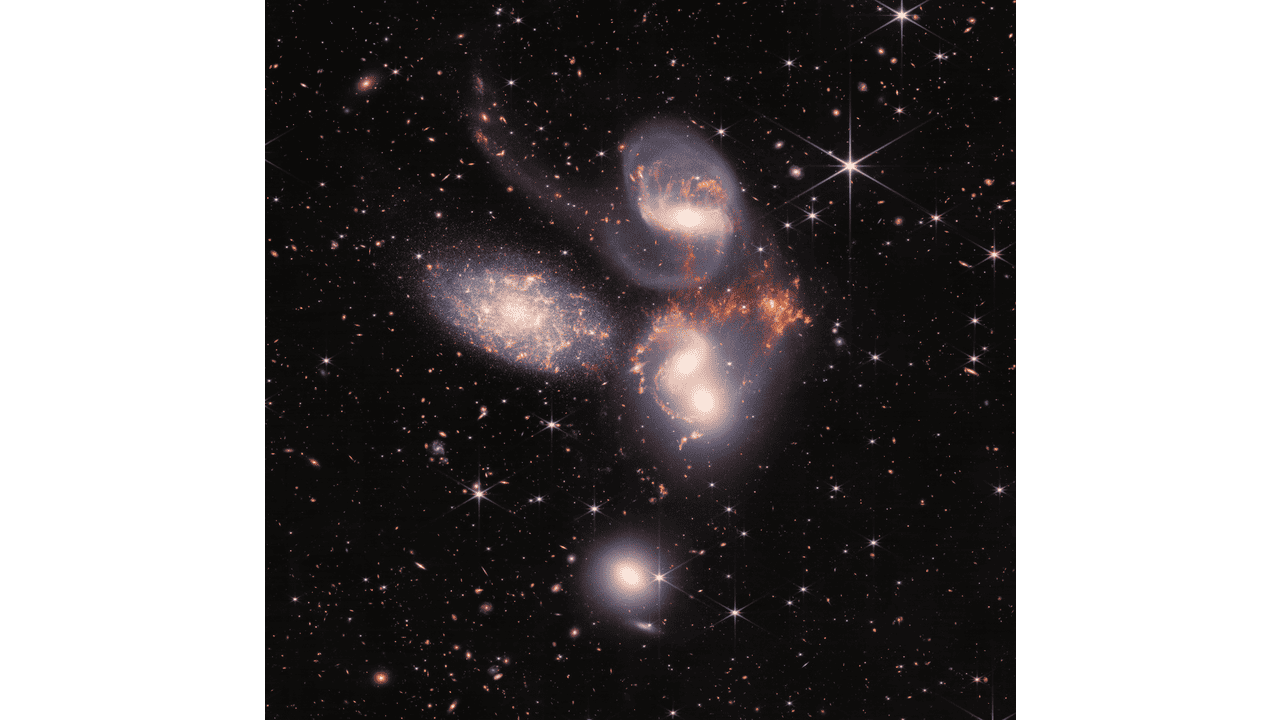
The James Webb Space Telescope (JWST), one of the most exciting scientific tools in human history, launched into space on December 25, 2021. It was a true Christmas gift to scientists and science lovers. JWST unveiled its first spectacular images of the cosmos on July 12, 2022, exactly one year ago.
Since then, NASA’s JWST has been blowing us away with one amazing snapshot of the universe after the other. From detecting the earliest galaxies to exciting exoplanet research, James Webb is truly revolutionizing our view of the universe.
Why JWST is such a big deal
The JWST is special because in many ways, it’s the most potent telescope we have. It can collect six times more light than Hubble, and it also covers a much wider spectrum than Hubble. It’s unlike anything else we’ve launched in space. From its vantage point above the Earth, it can offer a view into the deep parts of the universe. These areas are so distant and difficult to image that it’s like looking through a time machine and viewing the earlier days of the universe.
But the JWST is also versatile. It can help us look at exoplanets, and even planets in our own solar system. It can image stars, planets, and galaxies in unprecedented detail, and find things that other telescopes missed. The entire telescope was designed to answer some of the most burning questions in astronomy.
Of course, it won’t do everything overnight. In fact, it’s remarkable that already, within a year, it’s found so much.
What are James Webb’s most important discoveries?
The JWST has four main themes: the distant universe, the assembly of galaxies, star formation, and exoplanets. Of course, the JWST can also be used to look for other things, and in particular to look at our Solar System. But regardless of where it was pointed, across the board, the JWST is delivering spectacular results.
What the early universe was like
Right from the get go, it was incredible to see just how far JWST can peer into space. Because it can see really, really far away — it can also see really, really far back in time.
That’s exactly what JWST is doing.
When you look at something that’s far away, you’re also looking back in time. If something is, say, 100 light years away, you’re seeing how it was like 100 years ago, because that’s how long it took light to travel from that object to you. So if you could look at something that’s really, really old, you could see what the universe was like in its early days.
Notably, astronomers using the JWST may have found some of the oldest galaxies in the universe — galaxies that emerged when the universe was still in its infancy. These galaxies would have taken shape some 350 million years after the big bang. This may seem like a very long time, but when you consider that the age of the universe is close to 14,000 million years, 350 million years is really early on.
These observations are already forcing us to reconsider some of our models of galaxy formation.
Researchers expected the number of galaxies to be low, but the James Webb telescope spotted some of the oldest galaxies we’ve ever imaged, and there are more of them than expected. This challenges not only our understanding of the early universe but also of how galaxies are created in the first place.
We don’t have to scrap everything, but some tweaks are definitely required.
“There are quite a few predictions for how quickly the first galaxies assembled,” says Sandro Tacchella: Assistant Professor, Kavli Institute for Astrophysics, University of Cambridge, part of the team working with JWST. At a press briefing at the European Astronomical Society’s annual meeting, Tacchella addressed our question of how JWST observations fit with our existing theoretical models.
“There is a very strong interest from the theoretical community for this, and I think the simplest models have already been ruled out because we seem to find more galaxies than we had expected with this simplistic model”. Tacchella added that the JWST is creating”interesting tensions” between the models and the observations.
Overall, however, the telescope is showing us glimpses into the early universe that would not have been possible without JWST — and our understanding of the universe would have been poorer.
How stars form
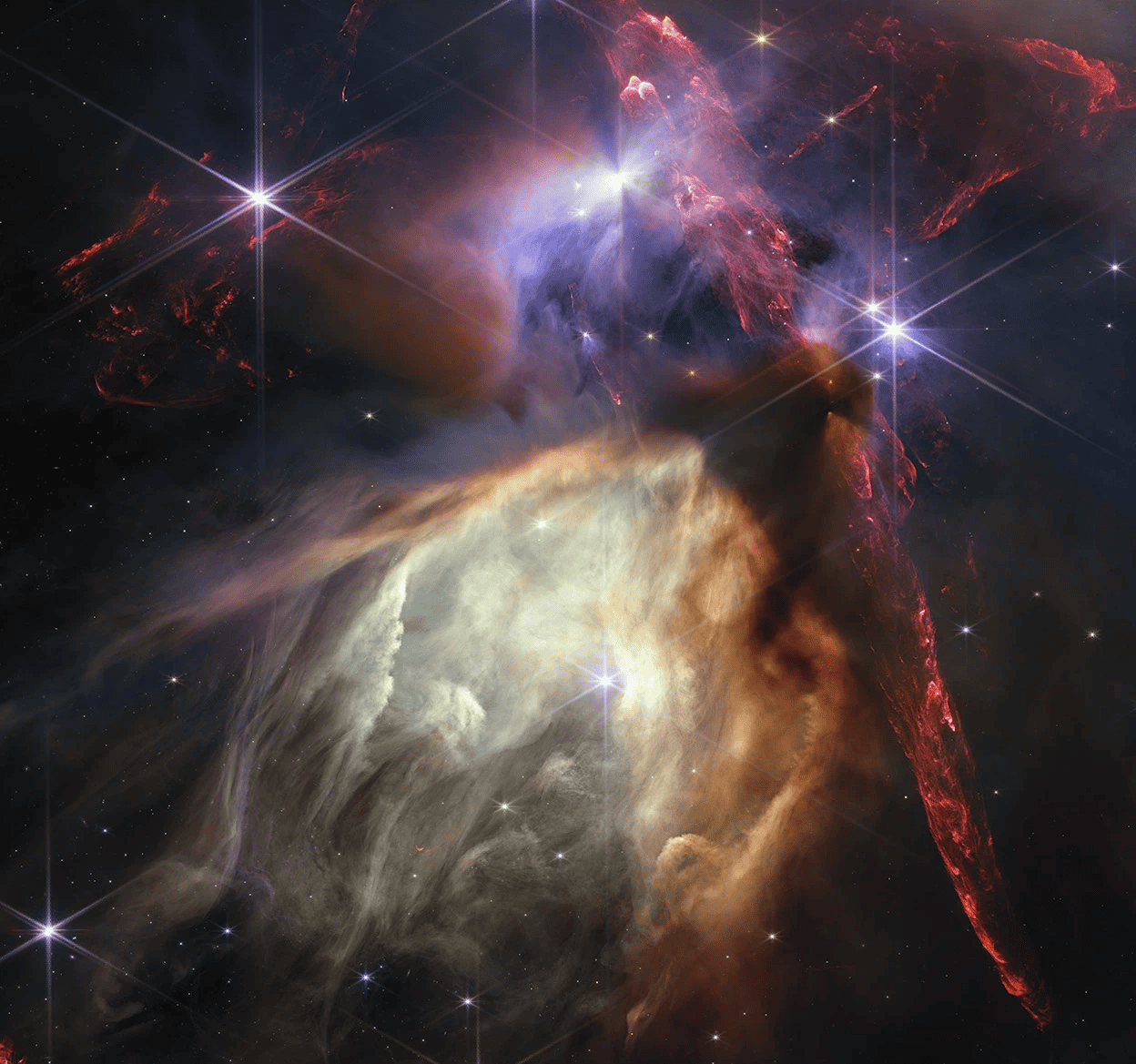
To celebrate the 1-year anniversary, the JWST team released a photo of a star-forming area — the closest stellar nursery to our solar system. It’s no coincidence: thanks to JWST, we’re starting to truly understand the mechanisms that led to the formation of stars, including stars like our Sun.
Tom Ray, Director of Cosmic Physics at the Dublin Institute for Advanced Studies, has been working on the JWST project for over 20 years. Now, Ray says, some of the most important theories on star formation are finally getting validated.
“So one of the things we’ve discovered only really in the past decade is that planets form around stars. Very, very quickly.”
In an astronomical sense, ‘very quickly’ means within a couple of million years or so. For comparison, the sun is almost 5,000 million years old. But the issue is that we couldn’t optically see it directly, and this is where the James Webb Space Telescope comes in. Its infrared sensors provide us with a very high resolution enabling us to see very fine details regarding this process. Thankfully, our galaxy provides many natural laboratories to look at this.
There is approximately one new star being formed in the Milky Way every year, Ray explained at the EAS briefing. When it comes to looking for star-forming regions, one of the tell-tale signs are supersonic jets. These jets are an active phase that lasts for ‘only’ around 100,000 years, and thanks to Webb, we’re seeing them in unprecedented detail.
“The jets are essentially a signpost of stellar birth and planet birth as well. They’re very important because we now realize that when these jets are being produced, the stars and the planets are also produced,” Ray adds.
This is important because, at that time, the basic constituent ingredients are right in the center of the jets. So with the JWST, astronomers can explore the inner parts of young stars and see what materials are there, and even if there’s any water present — which of course, is very important.
What kind of exoplanets are out there
In terms of exoplanet research, there’s also basically no end to the data that the JWST is providing — and continues to provide.
“So one of the things that’s super exciting with JWST is the sheer diversity of exoplanets we can explore and characterize,” says Elizabeth Matthews, a postdoctoral researcher at the Max Planck Institute for Astronomy in Heidelberg.
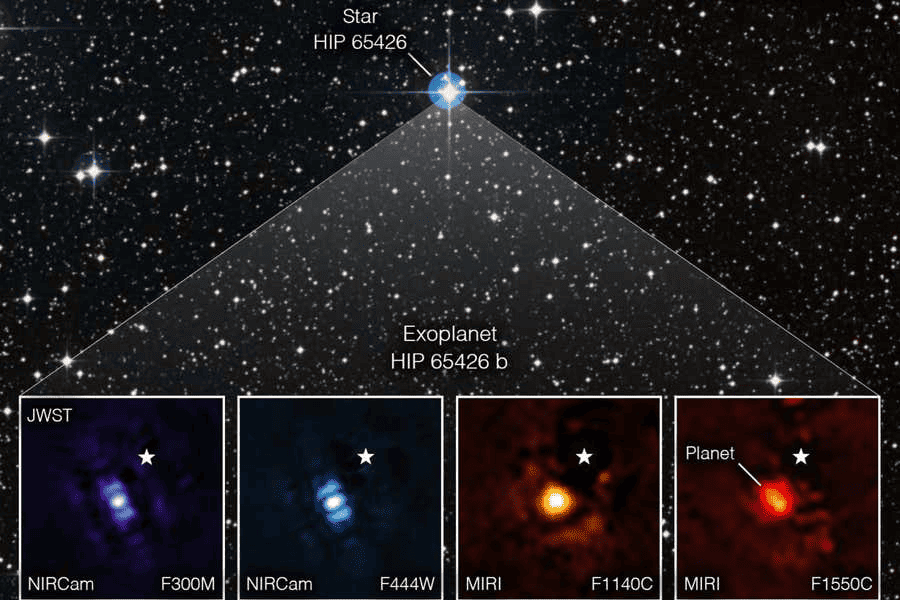
Researchers are particularly focused on planets that are farther away from their star. This way, the planet is less obscured by the star and the signal from the planet can be better detected. Some of the most exciting planets falling into this category are in the TRAPPIST-1 system. The star has a planetary system of seven known exoplanets and four of them are Earth-like planets that could potentially lie in the region where temperatures are suitable for the existence of liquid water — and therefore, for life.
“These are super exciting planets, some of the best planets in terms of detectability. Whether or not they’re actually able to host life is much more unclear, but they’re roughly Earth-sized and have very good signal in terms of our measurements,” Matthews added.
However, data from JWST shows that a rocky exoplanet in the system (TRAPPIST-1c) has a very thin atmosphere or no atmosphere at all — which makes it unfavorable for hosting life as we know it.
“We know it doesn’t have a thick atmosphere like Venus, for example. It could still have a very thin atmosphere or it could be a bare rock — additional measurements will help us clear that up,” Matthews explained.
Of course, as exciting as looking for Earth-like planets is, these are not the only planets of interest for researchers. For instance, the telescope is also helping us understand what the atmospheres of other planets are like.
Here too, the JWST is providing an exquisite problem: there’s too much interesting data coming in. In fact, much of this data will be presented sooner rather than later, says Matthews.
“There is so much more exoplanet stuff coming! Many people have data that’s not quite ready. There’s many more observations coming!”
A new view of our solar system
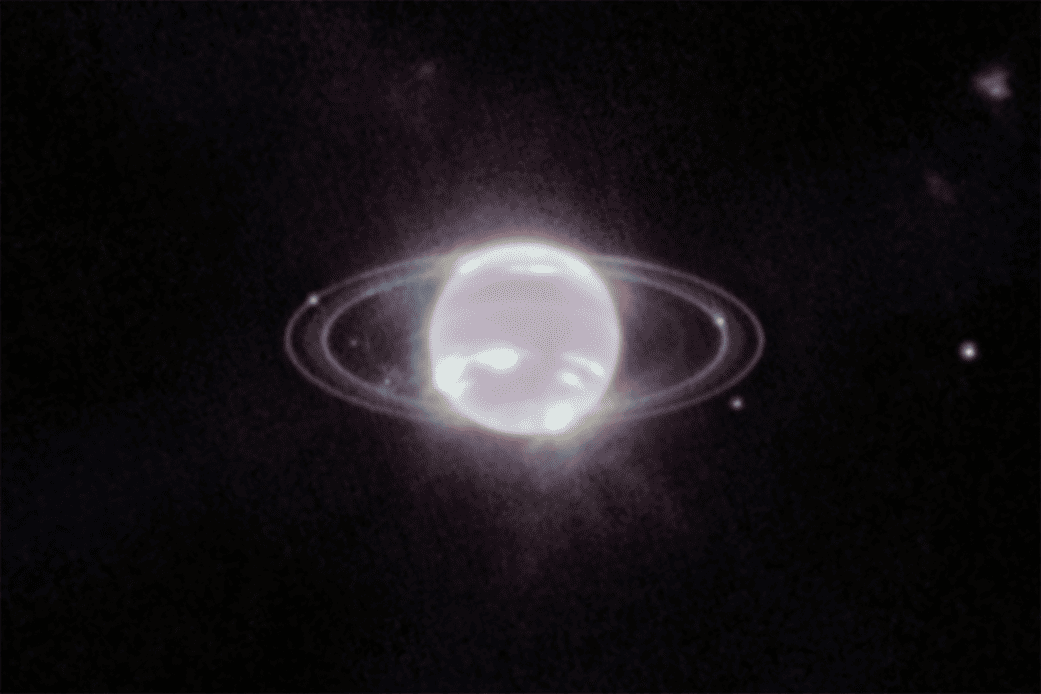
Meanwhile, in our own solar system, JWST is also making waves. While much of the appeal of JWST comes from looking at things that are far away, the telescope can also spot interesting things in our solar neighborhood. In fact, a series of observations in our own solar system shed new light on Uranus and Neptune.
The JWST’s unparalleled sensitivity allowed it to capture almost all of Uranus’s dim rings, providing a remarkable new view of the gas giant. In fact, the JWST has captured the best images of Neptune and Saturn since the Voyager missions flew by decades ago.
Far from being just a pretty picture, the image can be useful for figuring out the inner workings of our solar neighborhood in greater detail, says Chris Evans, ESA JWST Project Scientist.
“The planet itself looks quite dark and you’ve got these very thick methane clouds absorbing the light at that wavelength, whereas you’ve got these higher clouds here with the ice reflecting the light — and so you can start learning about the atmospheric processes quite quickly,” Evans says.
Astronomers hope to capture even better details of the planetary rings in our solar system, unlocking the secrets of their structure and composition, as well as the atmospheric composition of planets like Neptune and Uranus.
Weird Stars, Black holes, Storytelling, and Wonders of Cosmic Proportion

It would probably take us another year to go through everything the JWST has done. From this ejected material (it’s not an optical artifact) to finding big and distant black holes to some of the most violent processes in the universe, the JWST has shown us a bit of everything. Or rather, considering that it’s only been one year — a lot of everything.
As an added bonus to the discoveries, the images alone are drawing increased interest in science. The JWST is telling stories through its images and data, and those stories are stirring curiosity and excitement for science and the universe.
“With every image we release, it is possible that there will be more stories in the future in that image. That’s something that we try to keep in mind,” says Mahdi Zamani, photographer and scientific image specialist working on the JWST, in a different presentation also at EAS. “We try to maximize the depth output in that image because that image may contain the farthest galaxy but we just don’t know it yet. This happened as recently as last month.”
“When you have high enough depth within the same image, you can tell more stories over and over again, even stories that did not seem prominent at first.”
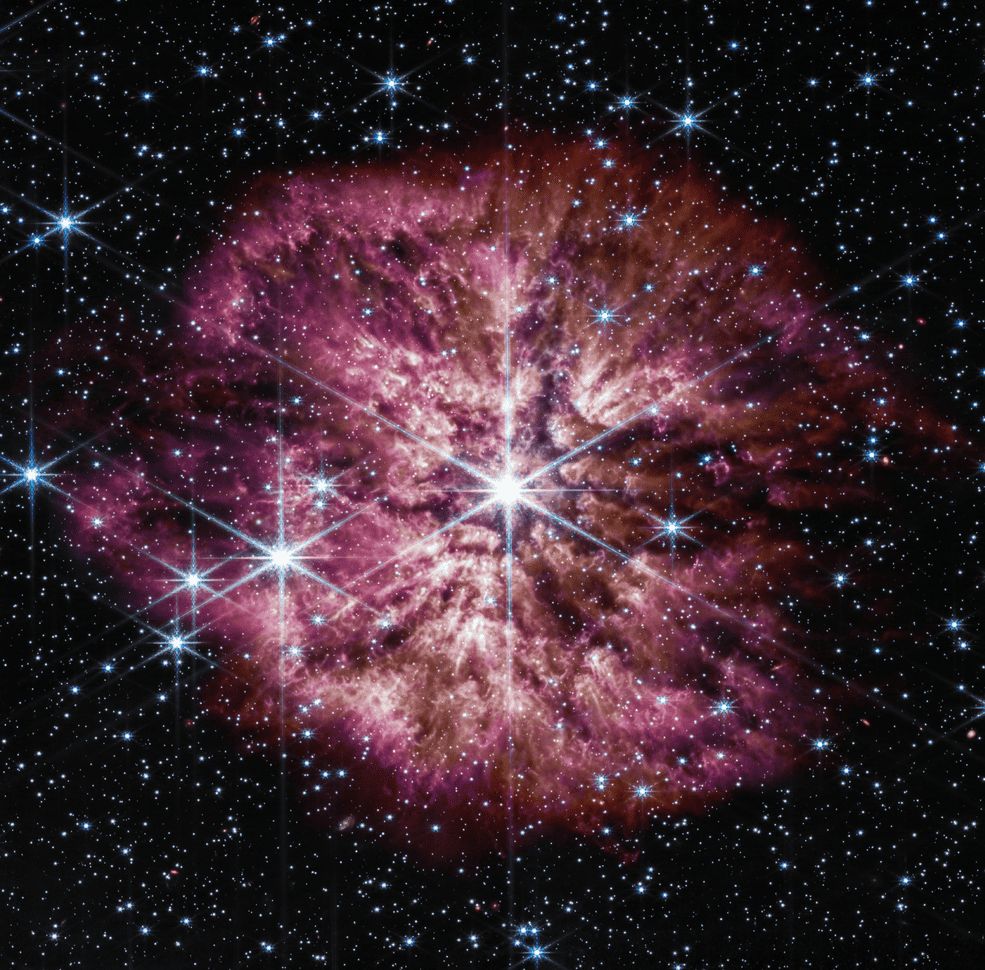
What’s next for JWST? More!
Those are just some of the findings of JWST’s first year.
Of course, there are still plenty of challenges. The telescope’s team is operating with an “abundance of caution”, says Roy, referring to some recently reported technical issues. There’s a lot of data to analyze and untangling it won’t be easy. But, for now, JWST is thriving, and it seems to be just getting started. No doubt, the telescope will continue to redefine our understanding of the universe in the coming years, bringing us one step closer to solving some of the most enduring mysteries of space and time.
The future of astronomy is brighter than ever — and the best is yet to come. As the journey of the James Webb Space Telescope continues, so does our journey towards a deeper and richer understanding of our place in the universe.